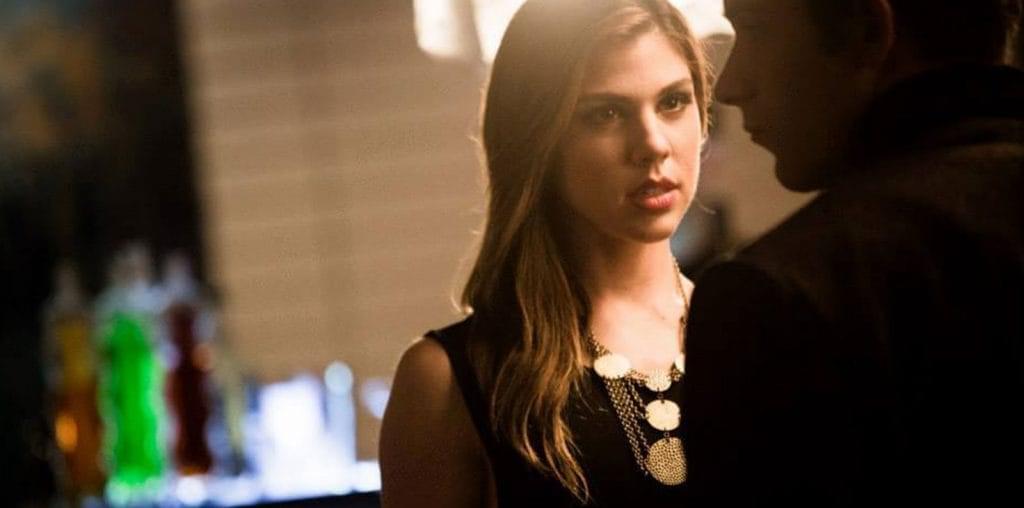
All that one needs to know about the madcap comedy “One Night at McCool’s” is embodied by its star, Liv Tyler. Looking as ravishing as ever and dolled up in a variety of outlets that (to put it mildly) flatter her fit body, Tyler certainly makes an alluring temptress. But much like her beauty is softened by the affectless drone of her voice, the film’s stylish flash is made less inviting by some dullness in design.
“One Night at McCool’s” could have easily been titled “There’s Something About Jewel,” Jewel being Tyler’s character. All it takes is a single glance of Jewel on that fateful night at the titular bar for no less than three men to become hopelessly besotted with her: bartender Randy (Matt Dillon); his married lawyer cousin Carl (Paul Reiser); and police detective Dehling (John Goodman). Only one of them actually wins her, and that’s Randy, who quickly finds Jewel to be quite the handful, for she involves him in the shooting death of her thuggish ex-boyfriend (Andrew Silverstein, better known to most as Andrew “Dice” Clay) and invites herself to live in Randy’s home. Meanwhile, Carl and Dehling do their best to woo Jewel for themselves.
Much of the humor in the late Stan Seidel’s script derives from the three men’s differing perceptions of Jewel, nicely brought to visual life by first-time feature director Harald Zwart. Carl’s vision of Jewel is as a dangerous, shameless seductress; Dehling’s perception of Jewel is as a pristine, innocent beauty; and Randy sees the reality of her, which falls somewhere between the two extremes though skews more toward Carl’s naughty version. Zwart’s colorful images and the spirited performances by the cast milk the split-take scenarios for a few good laughs.
But with what is arguably the film’s most effective conceit comes its clunkiest baggage. The three men’s sides of the story are given through a framing device that has each of them telling their tales to someone: Carl to his shrink (Reba McEntire); Dehling to his priest brother (Richard Jenkins); and Randy to sleazy hitman Mr. Burmeister (Michæl Douglas in a weird wig). Only the last thread has any payoff or eventual connection to the story, and the others are not quite worth the handful of amusements they are only good for since they lock the story’s forward momentum into a type of holding pattern.
The awkwardness in design also weighs down the general enjoyment of “One Night at McCool’s.” The film is certainly watchable for its entire run time, but only when the three’s storytelling ends by the third act does the film feel completely free to shoot for some strange, surreal heights–and occasionally hitting the mark. But such inspired madness as a violent shootout scored to “Y.M.C.A.” ends up reminding the viewer just how wild “One Night at McCool’s” could have been.
